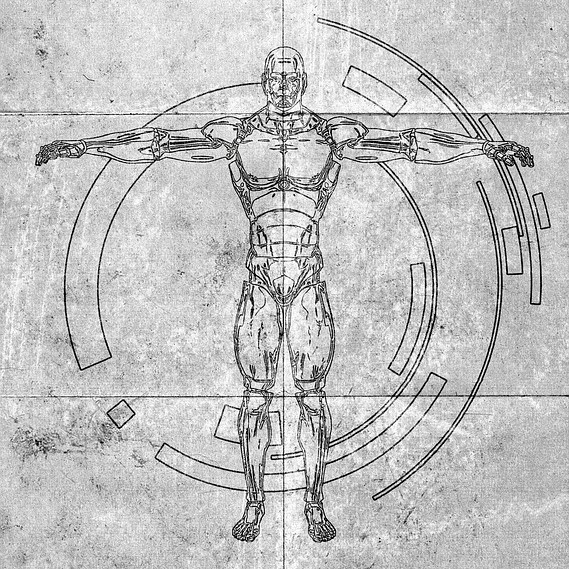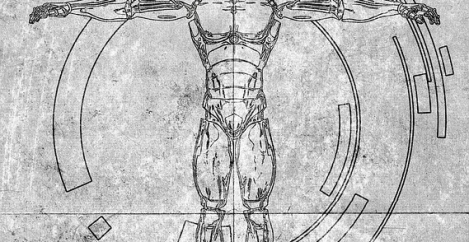April 9, 2021
People judge the actions of robots based on their appearance
 If a robot worker makes a mistake on the job, or annoys customers, businesses may not give it a pink slip and a cardboard box for its office belongings, but companies may be forced to shut down these expensive machines, according to a team of researchers. Knowing how to better design and manage these robots may help service industry firms both avoid losing their investments in the robots, as well as secure an increasingly necessary source of extra help, the team added.
If a robot worker makes a mistake on the job, or annoys customers, businesses may not give it a pink slip and a cardboard box for its office belongings, but companies may be forced to shut down these expensive machines, according to a team of researchers. Knowing how to better design and manage these robots may help service industry firms both avoid losing their investments in the robots, as well as secure an increasingly necessary source of extra help, the team added.
In a series of studies on robots used in service industry settings, such as restaurants and hotels, the researchers found that people’s reactions to robot gaffes may be influenced by whether the robots look like humans, or humanoid; or mostly lack human features, or non-humanoid. The team also uncovered strategies that humanoid robots can use to recover from mistakes with customers, according to Lisa Bolton, professor of marketing and the Frank and Mary Jean Smeal Research Fellow at Penn State’s Smeal College of Business who published their findings in the Journal of Service Research.
“One of the things we learned is that what a robot looks like really matters—it’s not just window dressing,” said Bolton, who worked with Sungwoo Choi, a former doctoral student in hospitality at Penn State and currently a research assistant professor of hotel and tourism management at the Chinese University of Hong Kong; and Anna S. Mattila, Marriott Professor of Lodging Management at Penn State.
[perfectpullquote align=”right” bordertop=”false” cite=”” link=”” color=”” class=”” size=””]A robot’s human resemblance may increase a person’s annoyance at failures[/perfectpullquote]
According to Bolton, people may assume that humanoid robots always have an advantage over non-human-looking devices, but the team found that humanoid features may not automatically give robots a pass to commit blunders. In fact, a robot’s human resemblance may increase a person’s annoyance at failures, especially those involving inattentive or slow service.
The researchers found that people tended to expect greater warmth from human-looking robots compared to non-humanoid machines. However, those warm feelings did not translate to forgiveness for robot errors, as people seem more dissatisfied when the human-looking machine delivers poor service compared to a non-humanoid robot.
“One of the implications of these studies for businesses is that humanoid is not always better,” said Bolton. “Businesses should really think about the design of the robot and they should carefully consider the selection of robots that they might use in their business setting. They need to investigate whether humanoid will be the best choice. And, for designers, they also need to be aware of how important it is to build into the programming the socio-relational components that will enable good service.”
Although humanoid robots tend to take the brunt of criticism for service failures, the researchers also found that politeness can go a long way for humanoid robots. The team said that when humanoid-looking robots offered sincere apologies, people were more likely to forgive their mistakes.
According to Choi, a robot can use a number of ways to detect its failures before issuing a prompt apology. “With current advanced technologies, robots can use facial expression recognition, voice stress analysis, or natural language processing to detect whether customers are angry,” said Choi. “Once a robot detects service failure or customer dissatisfaction with such ways, it should be able to provide a sincere apology by verbal means—vocally, by displaying a message, or both—and through non-verbal means, such as with facial expressions, if possible.”
According to the researchers, robot service failures have already made headlines in real life. In Japan, Churi, a virtual assistant robot at Henn-Na Hotel, was dismissed after a number of customers began to complain. Churi mistook snores of snoozing guests as a request for help and repeatedly woke them up. The robot also interrupted when guests were talking and frequently failed at correctly taking room service orders.
Robots may still seem more like science fiction for most people but the researchers suggest that robotic helpers are expected to become even more common in the service industry. The researchers point out that about 70 percent of hotel managers expect the use of service robots in everyday business duties—such as greeting customers and performing check-ins and check-outs—to be in mass adoption by 2025.
Rather than seeing robots as future human replacements in the service industry workforce, Bolton expects that robots will always need some sort of human supervision. But, the study suggests that humans and robots may make a good team if the right robot design is selected and collaborations with humans are managed correctly.














